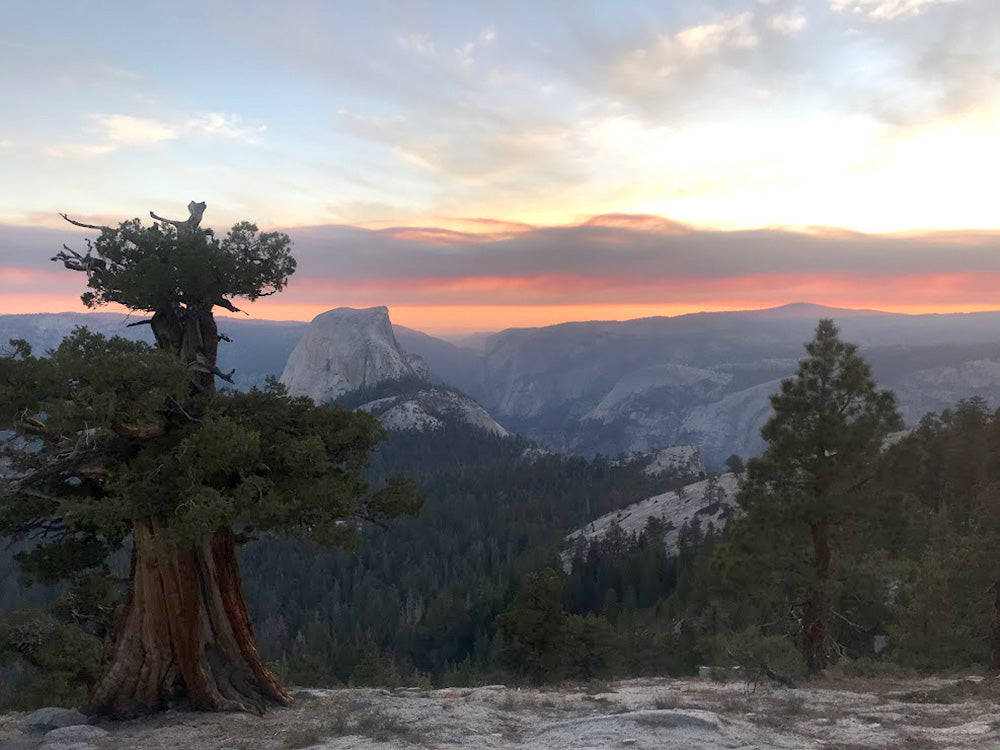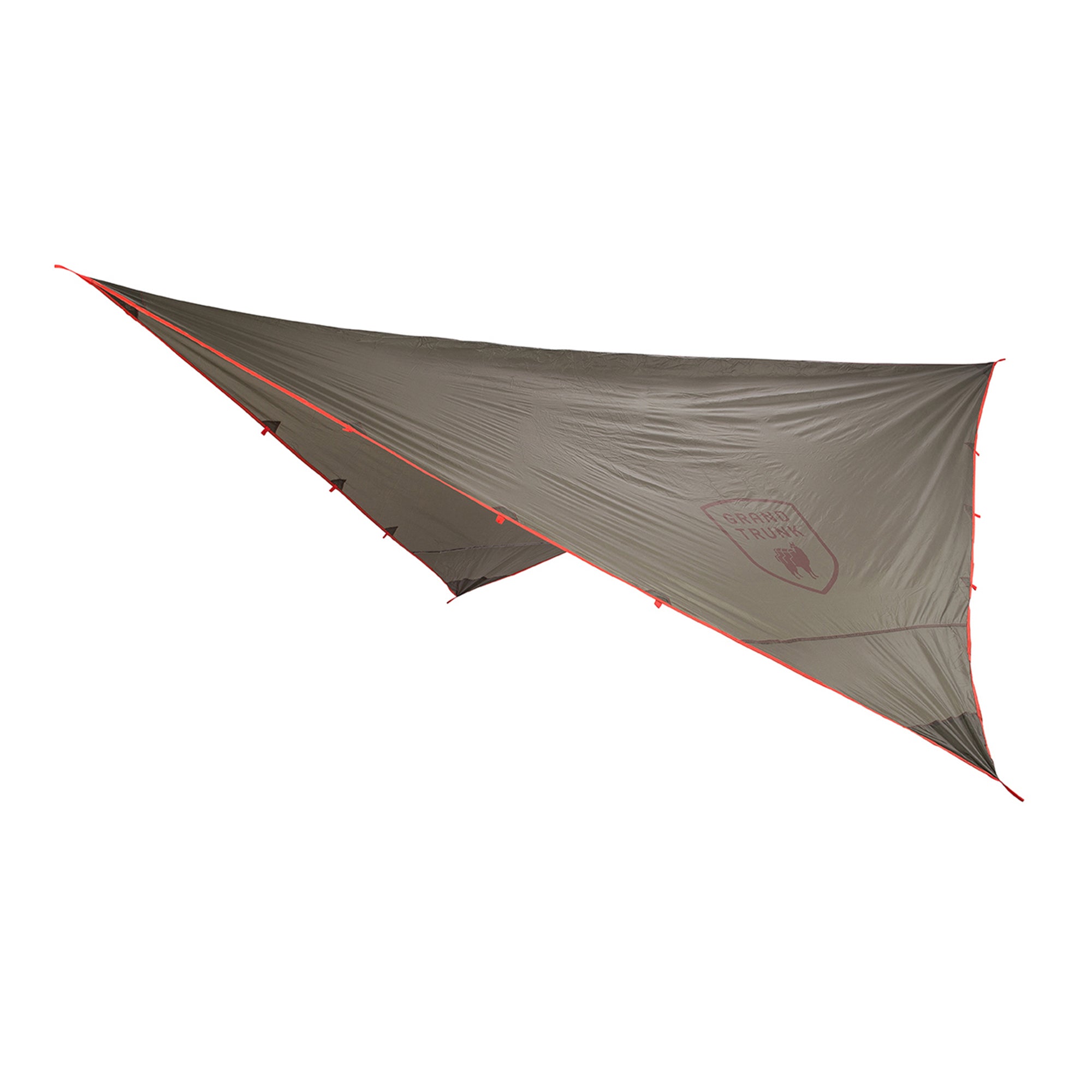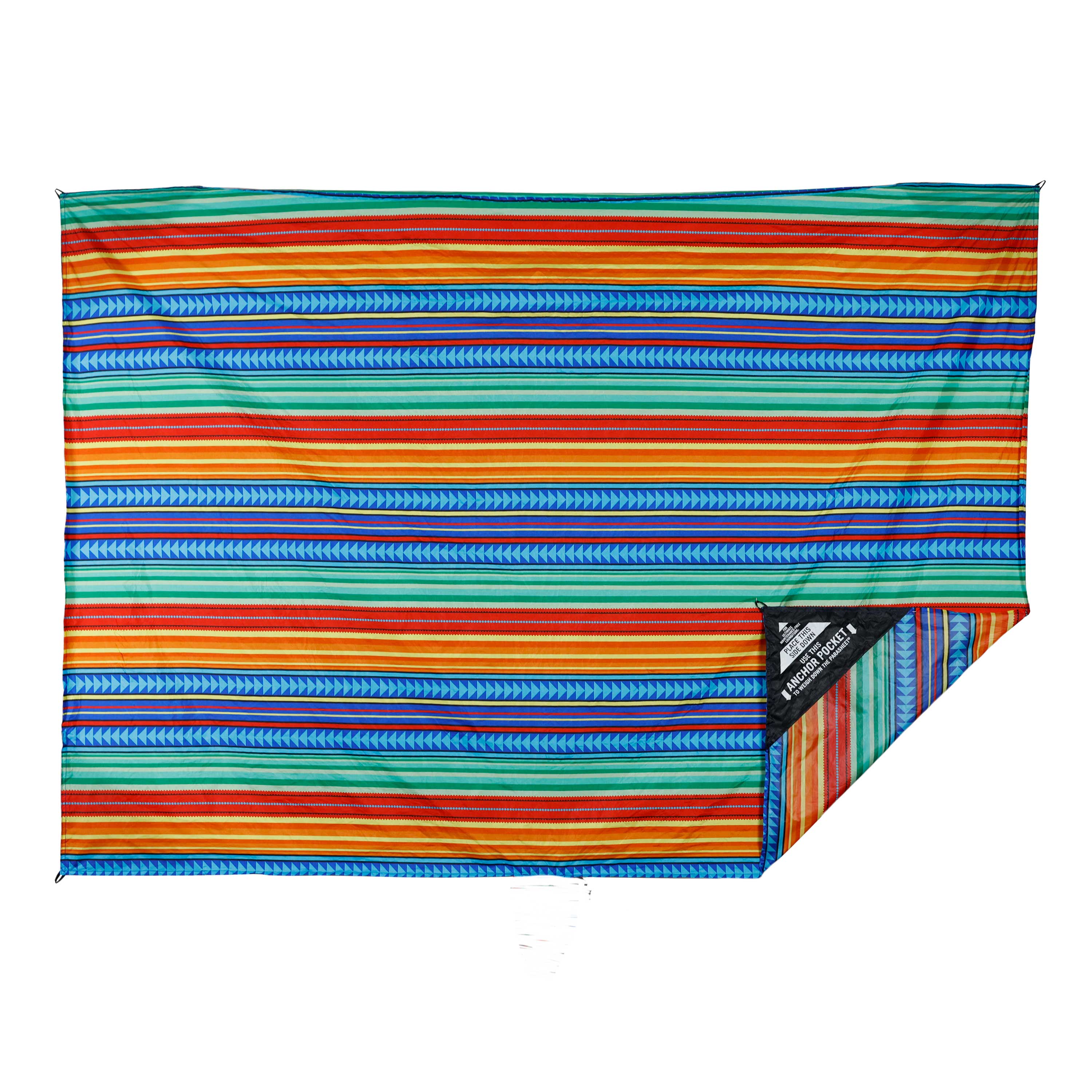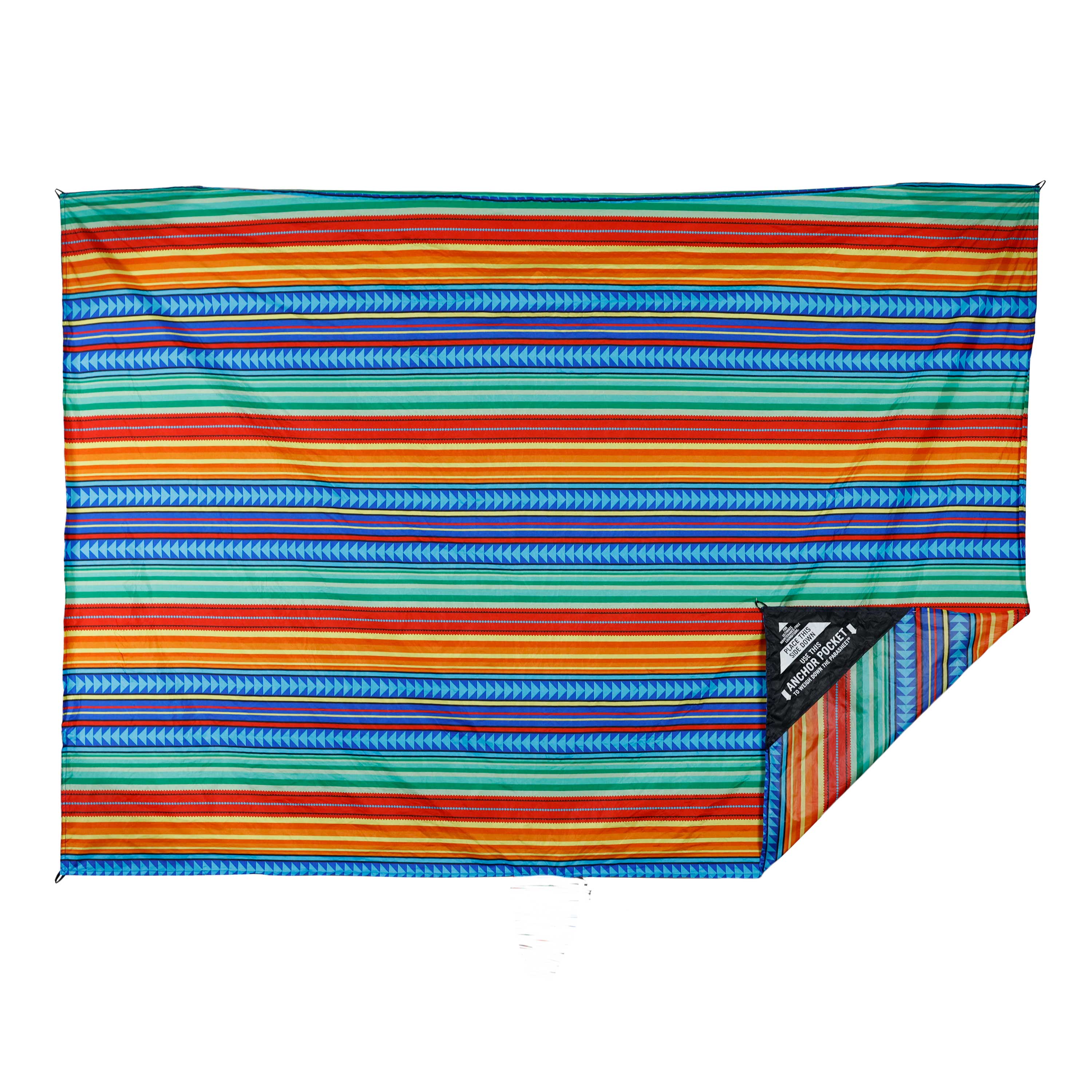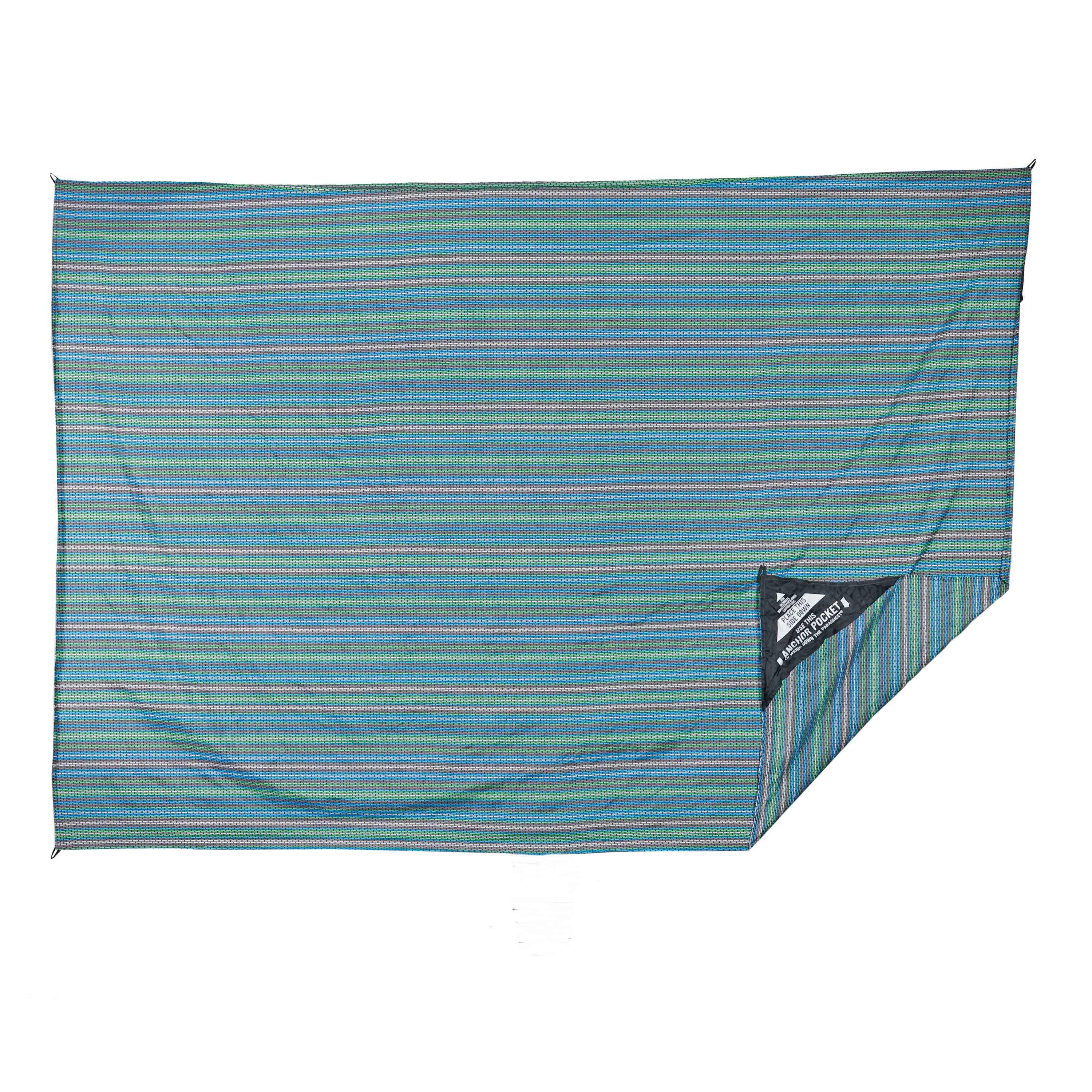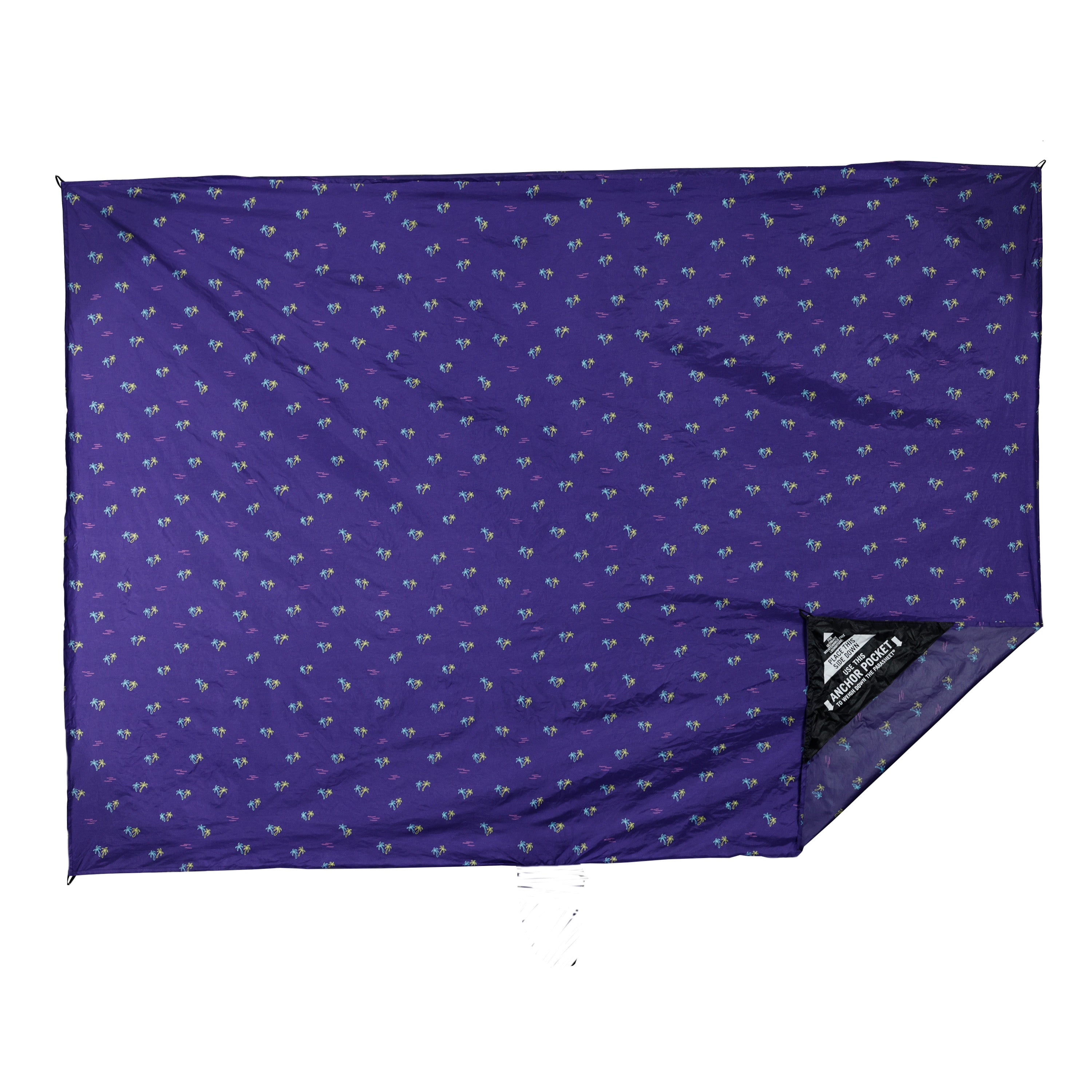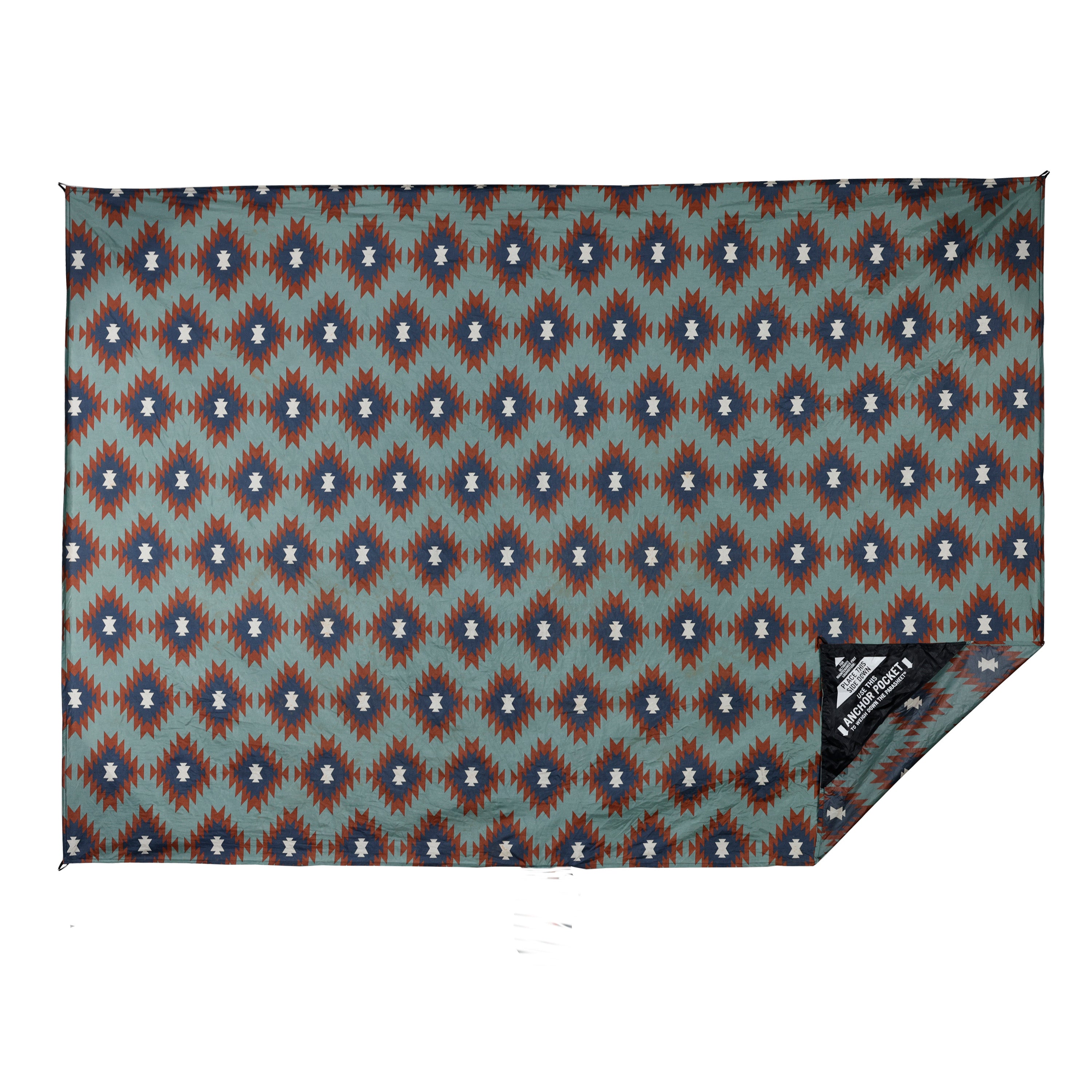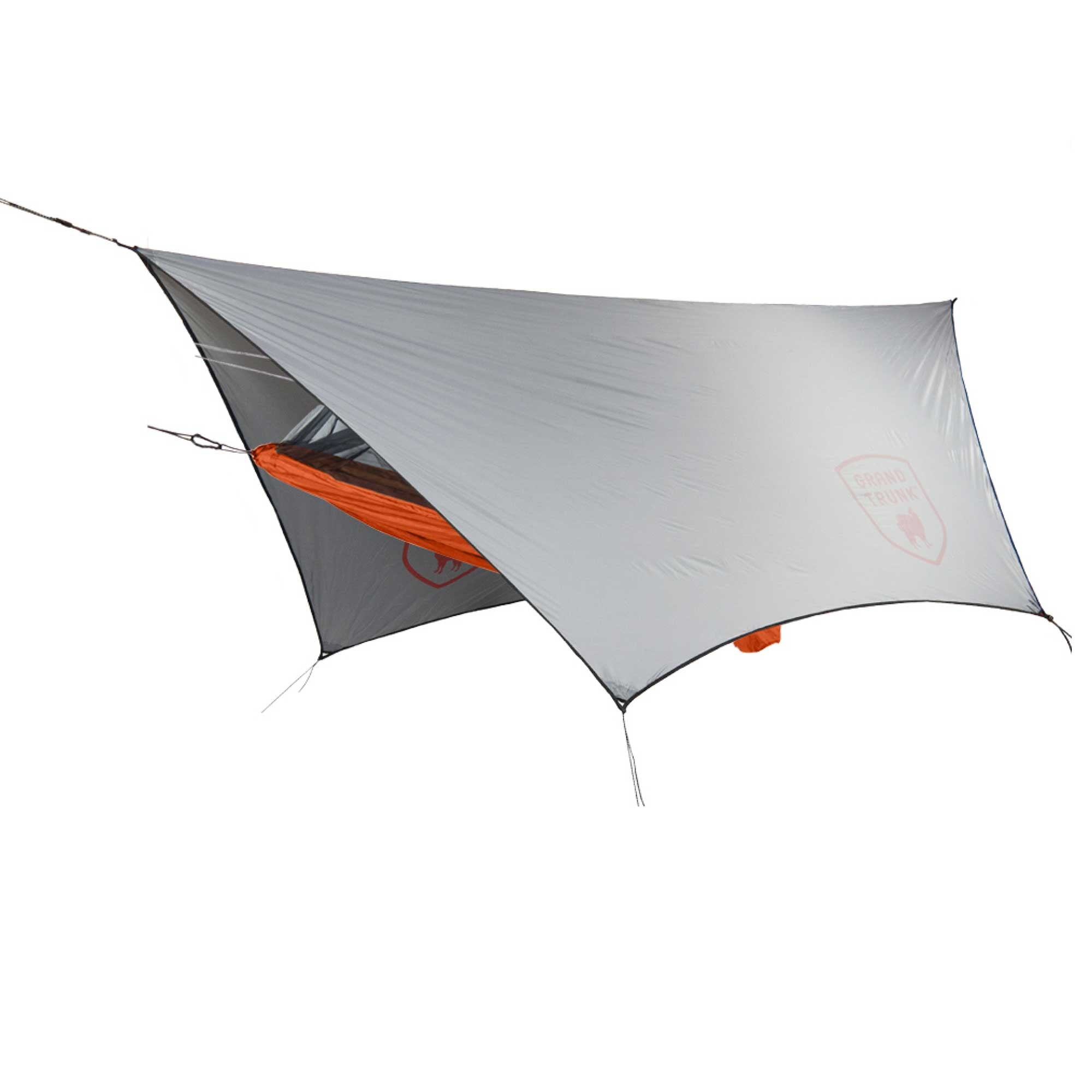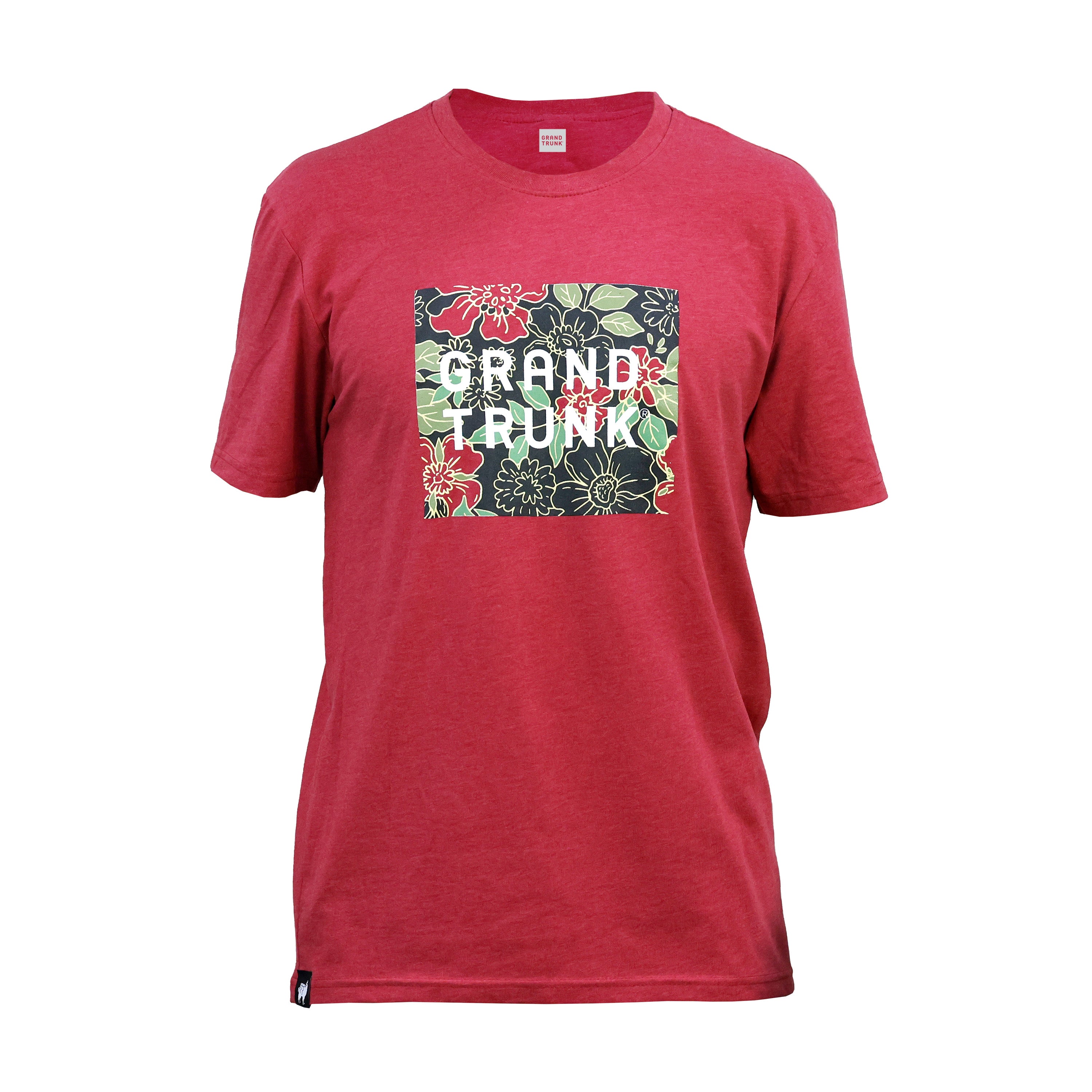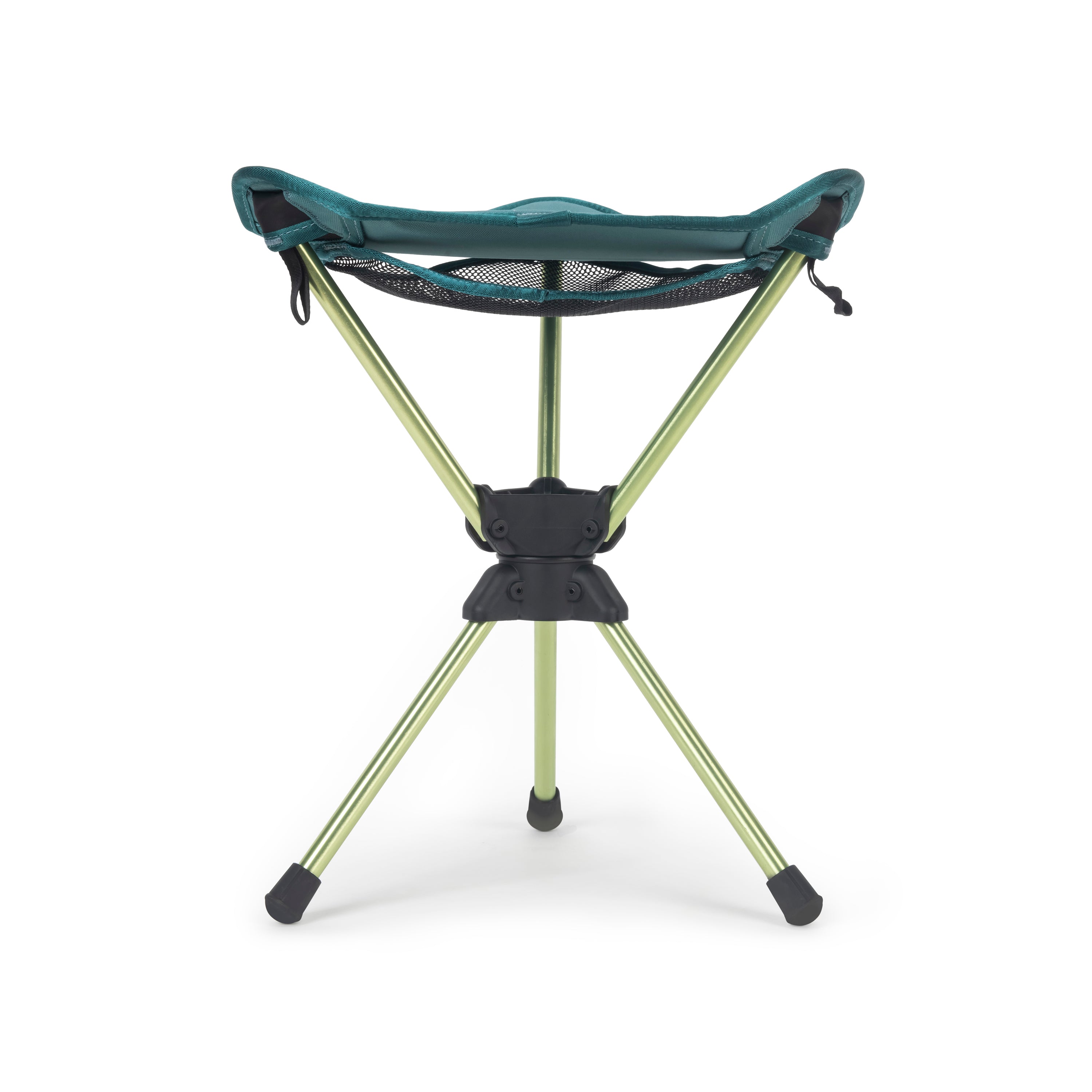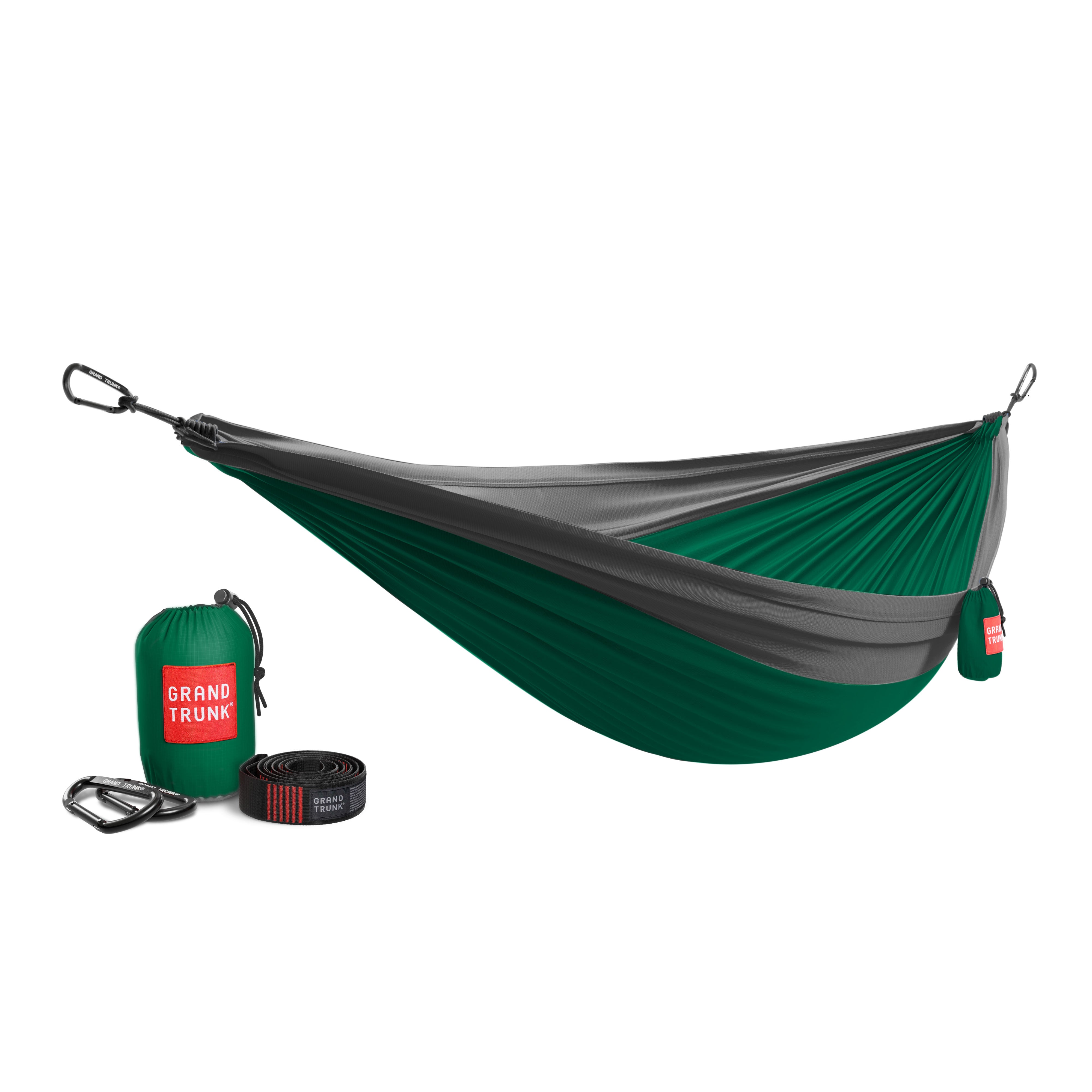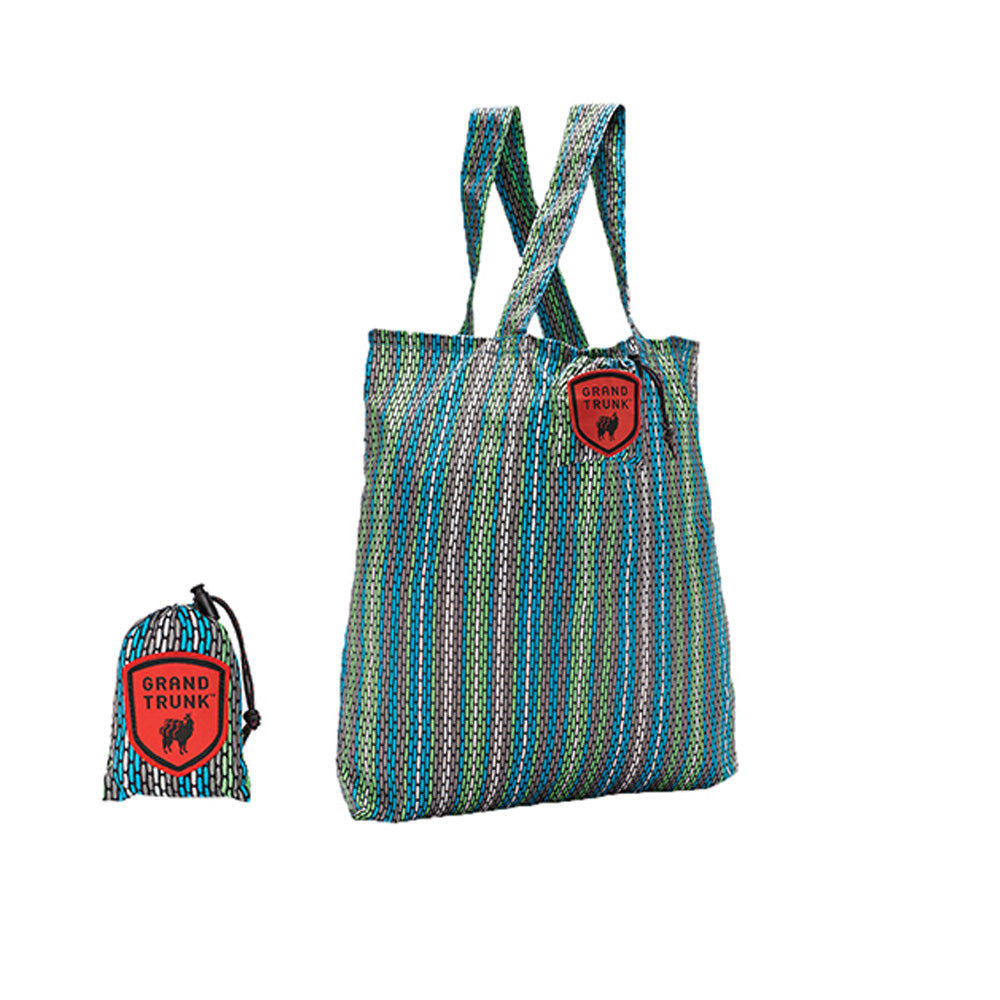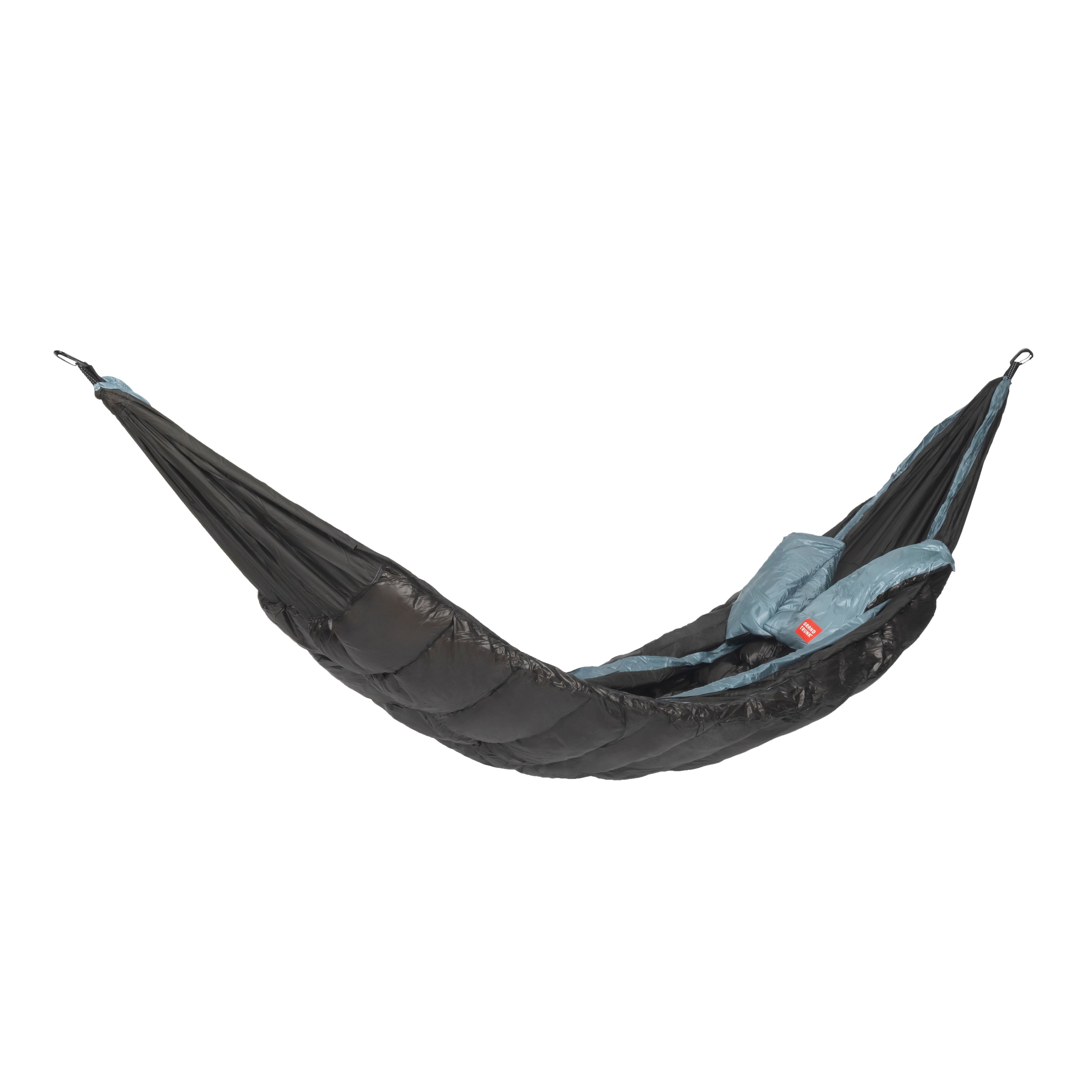Written by Helena Guglielmino
The Sierra Nevada Mountains are known for their incredible views, canyons, waterfalls, alpine lakes, and snowy winters. However, this mountain range is also home to some of the oldest, most diverse, and unique trees in the world. Symbols of resilience, compromise, and beauty, the 18 conifers of the Sierra Nevada Mountains provide homes to animals, help store carbon, regulates water and soil distribution, and provide cooling for both the ground surface and air. Some can even give scientists a history lesson that outdates the pyramids in Egypt!You may know about the all-star trees of the Sierra – like Yosemite’s Wawona Tunnel Tree – but do you know about these trees?

Whitebark Pine at Thousand Island Lake
1. Once, a marmot dragged out a piece of dead wood from inside the Bennett Juniper. Scientists carbon dated this piece to 2,000 years old, but many believe the tree can be as old as 6,000 years. If true, this would mean that Bennett is the oldest living non-clonal tree in the world. (1) For now, Methuselah, a bristlecone pine in the neighboring White Mountains, takes the crown with a confirmed age of 4,789 years old.
2. The foxtail pine is a close relative of the bristlecone, in fact, they only live about 20 miles apart (as the crow flies) across the Inyo Valley. They are striking trees that are found often alone on high-elevation slopes, ridges, and peaks. Because of their solitary and desolate nature, lightning scars are a common feature of mature trees’ bark, giving them two-toned striations along the trunks.

Foxtail Pine
3. The single leaf pinyon has been one of the most important food sources for animals and humans alike in the range. The pine nuts produced from this tree are larger, more nutritious, and tastier than other pine nuts in the area. Native Americas, such as the Mono and Bishop Paiute Tribes, would pick the cones before they were ripe and dry them by placing around a fire to easily gather seeds.
4. In the early 1990s, a pocket of trees around Horseshoe Lake near the town of Mammoth Lakes started dying. Scientists were perplexed, but later found that a natural gas reservior underneath the 120 acres had been opened from earthquake and magmatic activity, surfacing abnormal levels of CO2 and killing the trees. The area is still monitored to this day and researchers warn young children and pets may be affected by the high levels of gas that collects in the area’s depressions and enclosures.

Giant Sequoia
5. The giant sequoia is the sixth tallest tree species on earth, but General Sherman (a giant sequoia) is the largest tree by volume in the world. It’s also been around for about 2,700 years, placing it among the top ten oldest trees in the range.
6. The whitebark pine, along with the foxtail pine, is the highest growing tree in the Sierra Nevada range. Because the whitebark suffers through fierce alpine winds (the fastest recorded winds at 209 mph) and heavy snows, these trees often rise no more than a few feet off the ground, extending their branches out like long fingers. However, more protected whitebarks can grow up to 50 feet tall!
7. Both the Jeffery and the ponderosa pine give off a sweet smell, mostly cited as vanilla or butterscotch. Scientists don’t have a definitive answer as to why, but it is widely believed that the exposure of sap in the burly bark fissures has something to do with it. These two species are hard to tell apart; the best way to distinguish them is to look at the pricks of their cones. Cones with outward-facing pricks that poke you when holding belong to the ponderosa; cones with inward-facing pricks belong to the Jeffery.
8. John Muir used the sap of sugar pines to make syrup. It is said that he even preferred it to maple syrup!

Sugar Pines Stand Above a Forest
9. You may be familiar with the Douglas fir – as it is one of the most common trees used for timber and for Christmas trees – but did you know that it is actually not a fir at all? Early settlers claimed its name before they confirmed its taxonomy but later realized their mistake. It’s actually a pine! Its scientific name Pseudotsuga is translated to false hemlock, the one and only native to the Sierra Nevada.
These incredible trees are certainly national treasures and the highlight of any hike through the range. As such we need to do all we can to keep them healthy when hanging hammocks.
The best way to keep trees safe is to use tree-friendly hammock straps. This means wide (0.75” or more) nylon or polyester webbing straps, like the Grand Trunk Tree Slings Hammock Hanging Kit. This setup is awesome because of the sling that goes around the tree’s trunk. It allows you to adjust the rope without flossing the tree’s bark. Straps like this can help avoid bark abrasion and girdling which can be fatal for trees.
Although hardwood trees, such as the California black oak in the lower elevation of the Sierra, are said to be best for hammock hanging, evergreens can provide excellent support for your short-term hammock needs. There are a few things to keep in mind, however. Since bark beetles are common in mountains across the west, check that your tree does not have significant bark flaking or reddish-brown needles. These are sure signs of infestation! Also be sure to look for cracks or fungi in the trunks, which can signify either disease or damage. Make sure to only hang your hammock on mature, stable trees - no swinging if the tree is leaning!

Views With a Juniper





